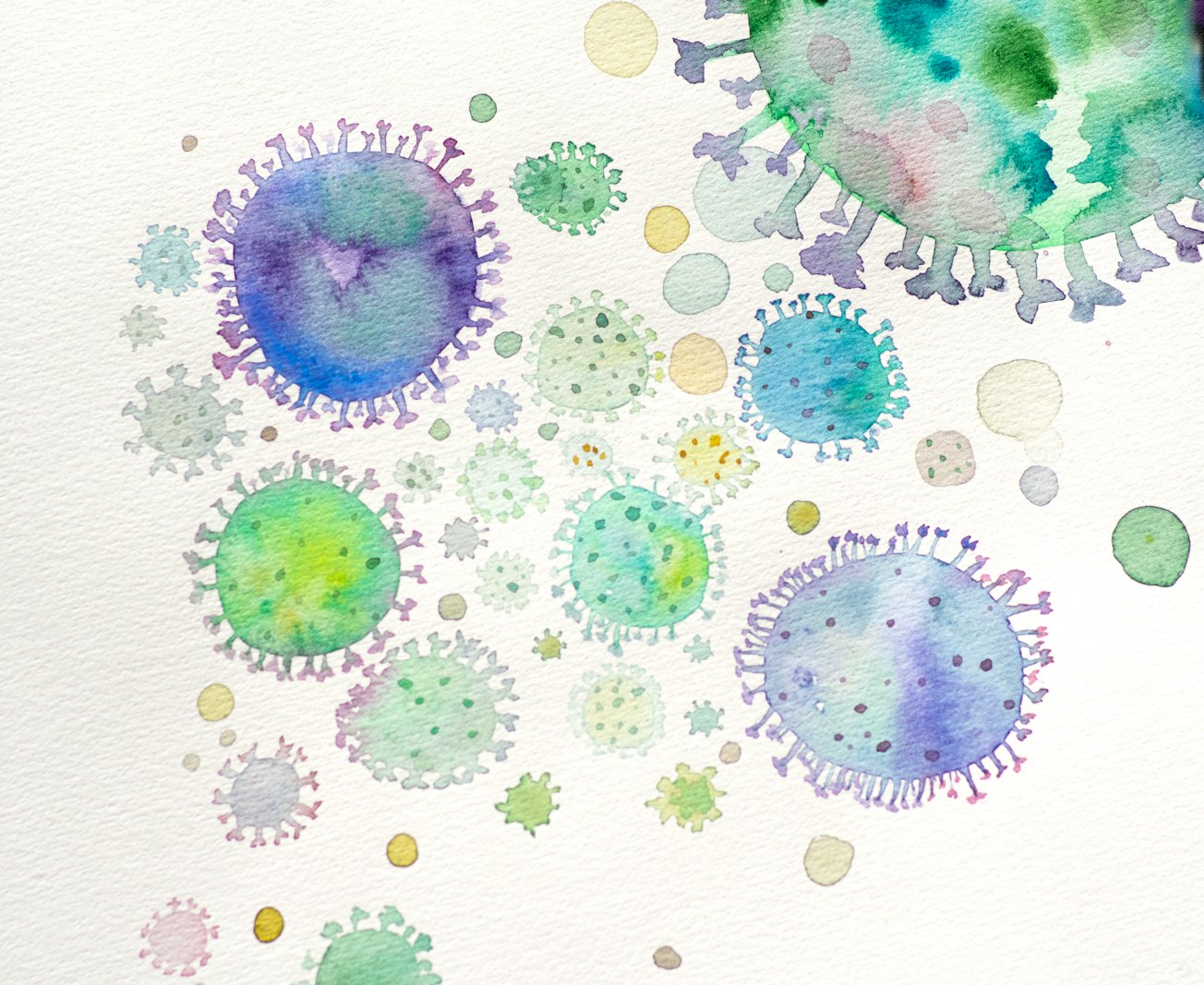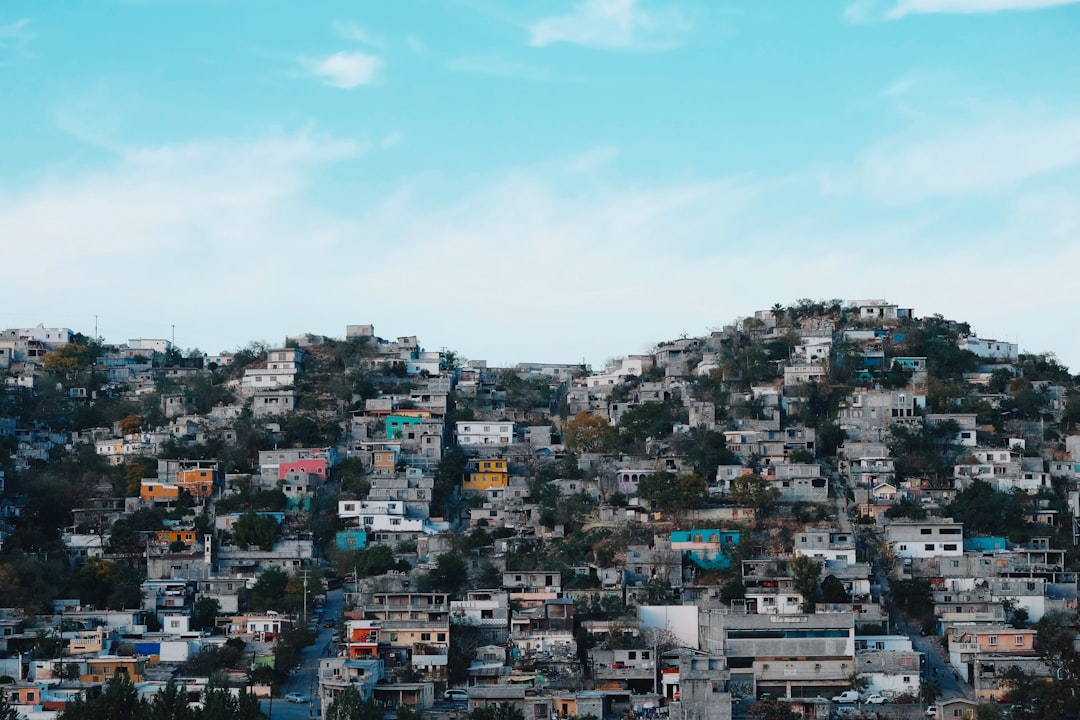What is it about?
Microbial diversity plays a key role in maintaining and functioning terrestrial ecosystems. Microorganisms act directly on many functions of the ecosystem. For example, nutrient cycling, decomposition of organic matter, protection and promotion of plant growth, control of pests, diseases, and biodegradation of pollutants (pesticides, plastics, antibiotics). The relationship between microbial diversity and the functioning of the ecosystem is well established for general functions of the ecosystem, such as decomposition of organic matter and assimilation of different carbon sources. However, degradation and the role of microbial diversity in the degradation of pesticides and antibiotics remains little known.
Featured Image

Photo by Elena Mozhvilo on Unsplash
Why is it important?
Knowledge about how microbial diversity affects the degradation of organic pollutants (pesticides, microplastics, antibiotics, and other xenobiotics) is crucial in the face of modern lifestyle challenges, where there is increasing generation and release of these substances into the environment. Here we simulate, using the "dilution to extinction" methodology, different scenarios of loss of microbial diversity and evaluate how this affected the mineralization rate of the antibiotic sulfadiazine. In extreme scenarios of loss of bacterial diversity, the mineralization rate of the antibiotic was drastically reduced, while the DT90 value was substantially higher than in the ideal diversity scenario (NS).
Perspectives
Research in the pesticides and antibiotics biodegradation considering the microbial diversity of contaminated environments is still incipient. Here we provide important results and a wide discussion of how microbial diversity acts in the dissipation of xenobiotics in loco.
Adijailton Jose de Souza
Luiz de Queiroz College of Agriculture / University of São Paulo
Read the Original
This page is a summary of: Sulfadiazine dissipation as a function of soil bacterial diversity, Environmental Pollution, February 2021, Elsevier,
DOI: 10.1016/j.envpol.2020.116374.
You can read the full text:
Resources
Contributors
The following have contributed to this page










